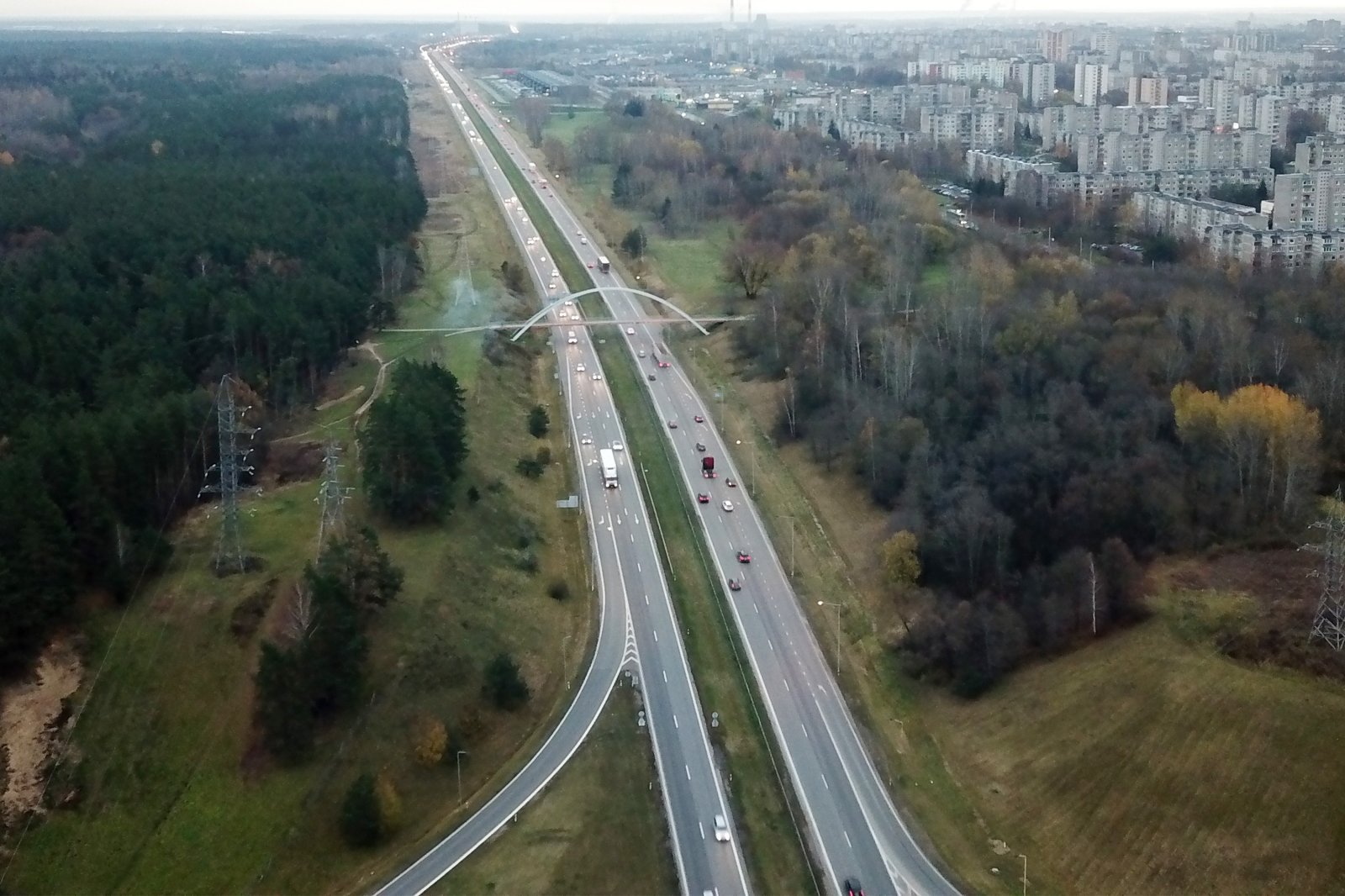
[ad_1]
According to the provisions of the amendments to the Road Maintenance and Development Program Financing Law approved by Seimas, the currently applicable road user fee must be replaced by a toll.
Vehicle drivers now pay a toll for the period during which the road infrastructure is in use, and the introduction of a toll will pay for the distance traveled on the roads.
This is said to guarantee the “polluter pays” and “user pays” principles.
“The temporary rate is not suitable for users of local infrastructure when an excessively high rate is paid for a short distance,” reads the explanatory note of the project presented by the then member of the Seimas, now European Commissioner Virginijus Sinkevičius, in 2017. – The road user fee can be paid per day, per week, per month or per year and is completely independent of the distance traveled.
The introduction of tolls would take more account of users of local road infrastructure, who now pay an unreasonably high toll for short distances, such as transit through Lithuania and short distances, currently pay a flat fee (€ 11).
It is explained that after the entry into force of the toll, the users of the road infrastructure will pay proportionally for driving on the established roads, that is, long distances or transit through Lithuania will incur higher costs, but the users of the infrastructure Short-distance road will incur significantly lower costs.
Set marginal rates
The adopted project establishes that the amount of the toll will depend on the type of vehicle and the emissions according to Euro standards.
The Seimas has established only marginal rates, and the Government will have to set their specific amounts.
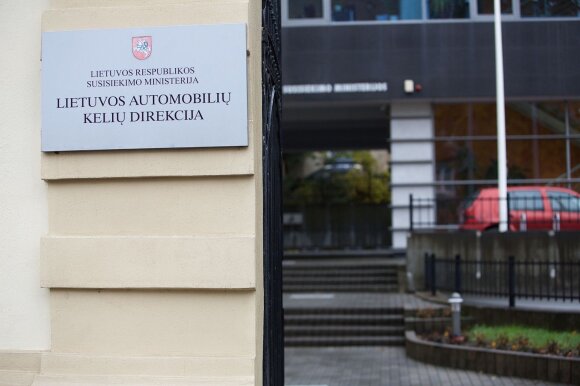
“The law establishes only marginal rates (minimum and maximum) and the procedure for payment, administration and supervision of highway tolls is established by the Government.
After the reforms to the Financing Law for the Road Maintenance and Development Program come into effect, the statutes will be drafted that, taking into account inflation and other changes, will set specific toll rates (within the marginal rates) “, Evaldas, Head of International Relations at LAKD Tamariūnas.
The law establishes that buses must pay between 0.035 and 0.07 euros per kilometer. For goods vehicles up to 3.5 tons, the limit is set at € 0.035-0.07, for those weighing between 3.5 and 12 tons at € 0.05-0.1 and for more than 12 tons in € 0.08-0.16.
Such tariffs are said to be close to other European Union countries that apply tolls, similar to Lithuania in terms of level of economic development.
“In comparison, in Poland the minimum and maximum limits on the A1 motorway are € 0.039-0.39, and in Slovakia on the motorway sections € 0.08-0.234. In economically strong countries, this rate is higher For example, in Germany 0.141-0.288, in Austria 0.162-0.4368 euros “, says the document.
The government that establishes specific tariffs may also take into account the categories, classes and groups of vehicles (M2, M3, N1, N2 and N3), emission classes (from Euro 0 to Euro 6).
The toll will be paid for the use of state highways established by the Government.
You will not have to pay for combat and armed forces vehicles, firefighters transport, the disabled, ambulances, school buses that go through natural disasters, and vehicles that travel on regular local routes.
The law recommends setting minimum rates for farmers and long-distance regular passenger vehicles.
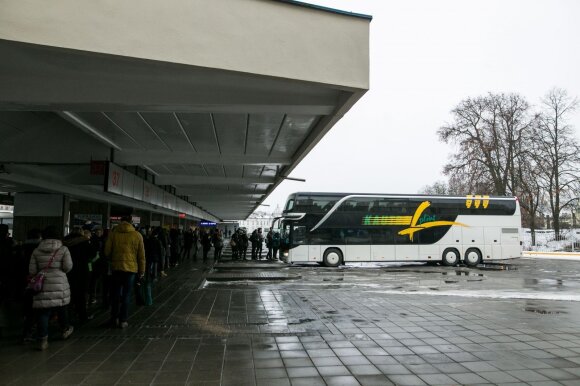
90 million will be needed. euros
The law stipulates that the Government should not provide more than 90 million LTL for the toll system that LAKD is developing. euros. The funds can come from the DNA of the Future Economy plan or from a state guarantee.
It was previously estimated that 130 million people could be needed to set up the system. However, according to E. Tamariūnas, representative of LAKD, after carrying out market studies and detailed calculations, evaluating the possibilities of use of the infrastructure installed on the roads and the new technological possibilities, depending on the chosen technical solution and its scope, it was specified that the investment required for its implementation could reach up to 90 million. . euros.
He further explained that the law has not yet entered into force, but LAKD is already preparing an investment project to obtain financing. “Once the reform of the law comes into effect, the authorities will decide the sources of financing according to their competence,” he said.
Collect double
According to LAKD, in 2019 the vignettes were sold for 48.69 million. euros.
“It is estimated that after the introduction of the electronic toll system and consumer training, around 110 million tons of tolls will be collected on the highways. by year.
After the introduction of the electronic toll system, the revenues received from the use of the trunk toll roads will be used for the maintenance and development of these roads, ”said E. Tamariūnas.
The annual administration and maintenance costs of the toll system are expected to not exceed 10%. Annual income from tolls received.
Those who avoid paying the fee may apply the penalties provided for in the Code of Administrative Offenses.
“ Driving on public roads without paying the road user fee will result in a fine for drivers:
from EUR 120 to EUR 340 for road vehicles used for special jobs but not for the transport of goods or for road vehicles of categories N1 to N3 of agricultural operators up to 16 tonnes of gross weight inclusive;
between 170 and 350 euros for road vehicles of categories M2 or N1;
from 350 to 750 euros when driving with road vehicles of categories M3, N2 and N3 ”, – delivered by E. Tamariūnas.
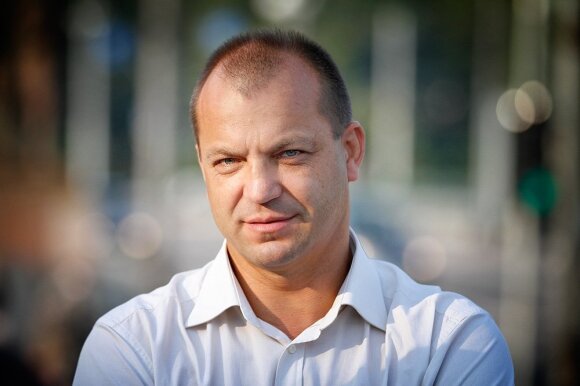
Gintaras Nakutis
© DELFI / Augustas Didžgalvis
Sometimes it gets expensive
Gintaras Nakutis, president of the Lithuanian Passenger Transport Association, told Delfi that according to his calculations, the rates paid by carriers will sometimes increase.
“We had calculated the difference between the toll based on the user fee actually paid in 2018 and the new toll based on the distance traveled. The figures for 2019 would be very similar, but an obvious example: the annual fee for the intercity bus on the Vilnius – Palanga – Vilnius route will be 10 times higher, that is, instead of the 753 euros that are currently paid, you will have to pay around of 7.5 mil. per year, ”he said.
According to the interlocutor, this will make services more expensive and passengers are likely to choose to travel by car, which is often polluting. “Therefore, the objectives of reducing this toll will not be achieved”, summarized the interviewee.
G. Nakutis also said that the association delivered letters to the members of the Seimas, speaking about the fact that cleaner vehicles should be tax-free in general.
“The association proposes to exempt vehicles with Euro 6 emission engines, thus directly promoting the purchase of new and less polluting vehicles and, at the same time, the renewal of the entire passenger transport system”, suggests the document.
It is also observed that after the reform, a situation may arise in which the already deficient routes become even more deficient and there is a real risk that they will be discontinued or have to be subsidized by the state or municipality.
The 2016-2020 Seimas, which adopted the amendments, did not take these proposals into account.
Rimantas Martinavičius, vice president of the Lithuanian National Road Transport Association (Linava), also negatively assessed the reform.
“We have made comments that have not been taken into account at all. We have seen that such a rate increase, from 5 to 10 times, is difficult to understand, “he said.
An airline spokesperson also said such tax increases are inappropriate in the context of a coronavirus pandemic.
“Having older vehicles costs dozens of times more. Clearly, this encourages a shift towards less polluting but uneven. 2 years – enough to invest, renew. We will come out of the Covid-19 crisis for a couple more years,” said R Martinavičius.
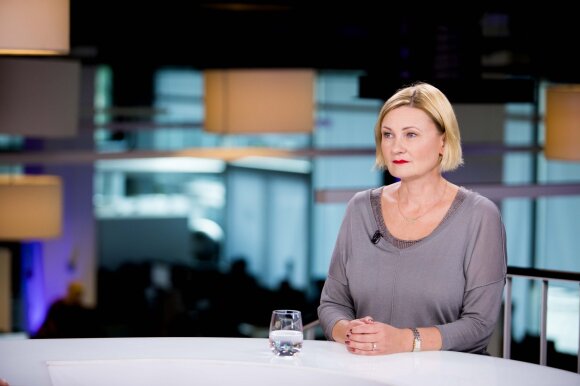
Rūta Vainienė
© DELFI / Josvydas Elinskas
Will affect prices
For its part, the Lithuanian Association of Business Companies distributed a report to the media, noting that higher taxes can also affect the final prices of services and goods.
“This project would not only change the toll calculation system by waiving the toll by time, but it would pay for the kilometers traveled, but it would also significantly increase the price of the toll itself.
Introducing a mileage charge would increase it by a percentage rather than a percentage compared to current taxes. It’s no secret that if shipping costs increase, they can also affect the prices of the final product. The costs of logistics are an important component of the price of the product ”, quotes Rūta Vainienė, director of the association.
He also pointed out that the sources of financing for the Road Development and Maintenance Program include, among other things, part of the income from special taxes from the sale of gasoline, diesel fuel and energy products.
‘Excise tax revenue is proportional to the amount of fuel used for vehicles, which in turn is directly proportional to the distance traveled by vehicles. Therefore, the proposal to calculate the toll for the distance traveled generates double taxation for vehicle owners ”, points out the association.
It is strictly forbidden to use the information published by DELFI on other websites, in the media or elsewhere, or to distribute our material in any way without consent, and if consent has been obtained, it is necessary to cite DELFI as the source.
[ad_2]